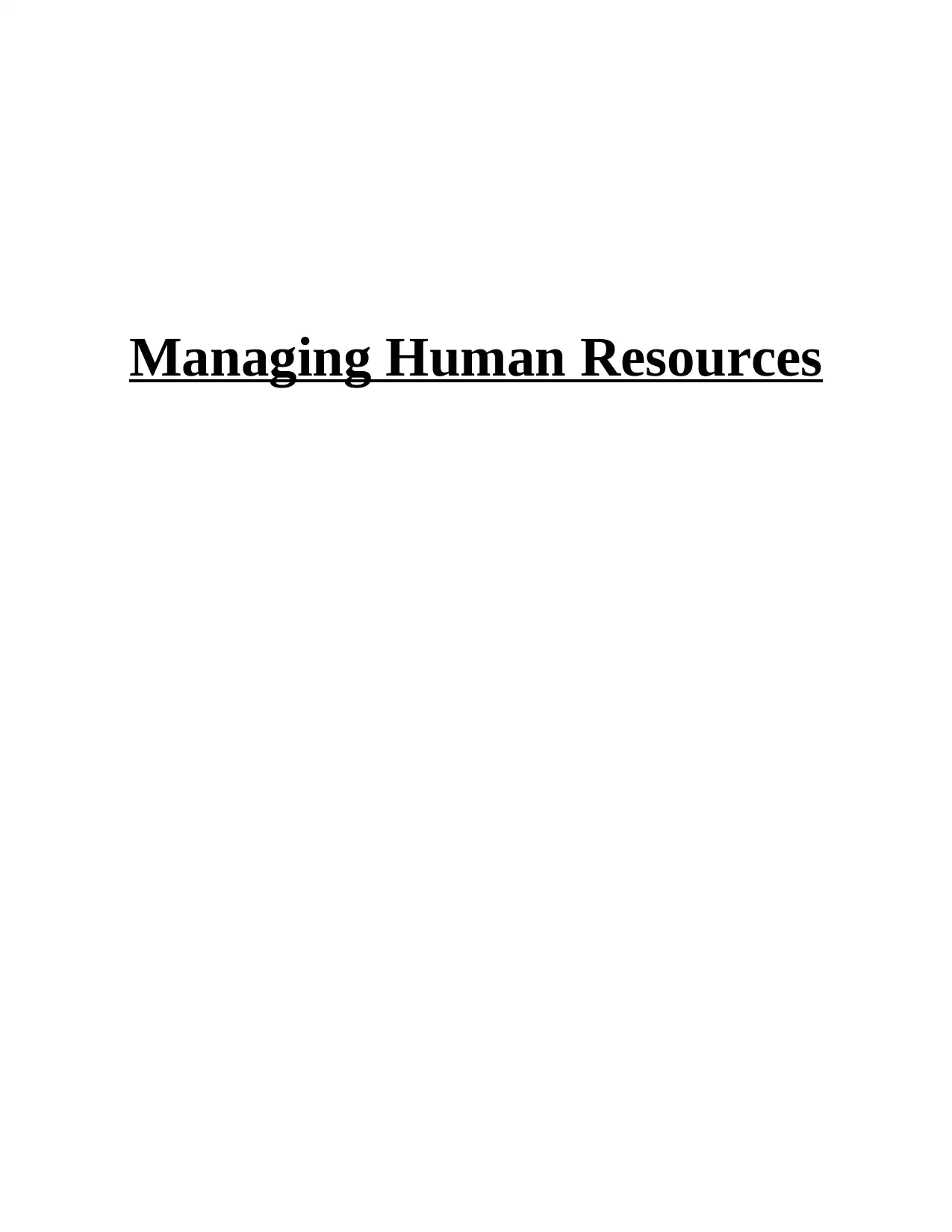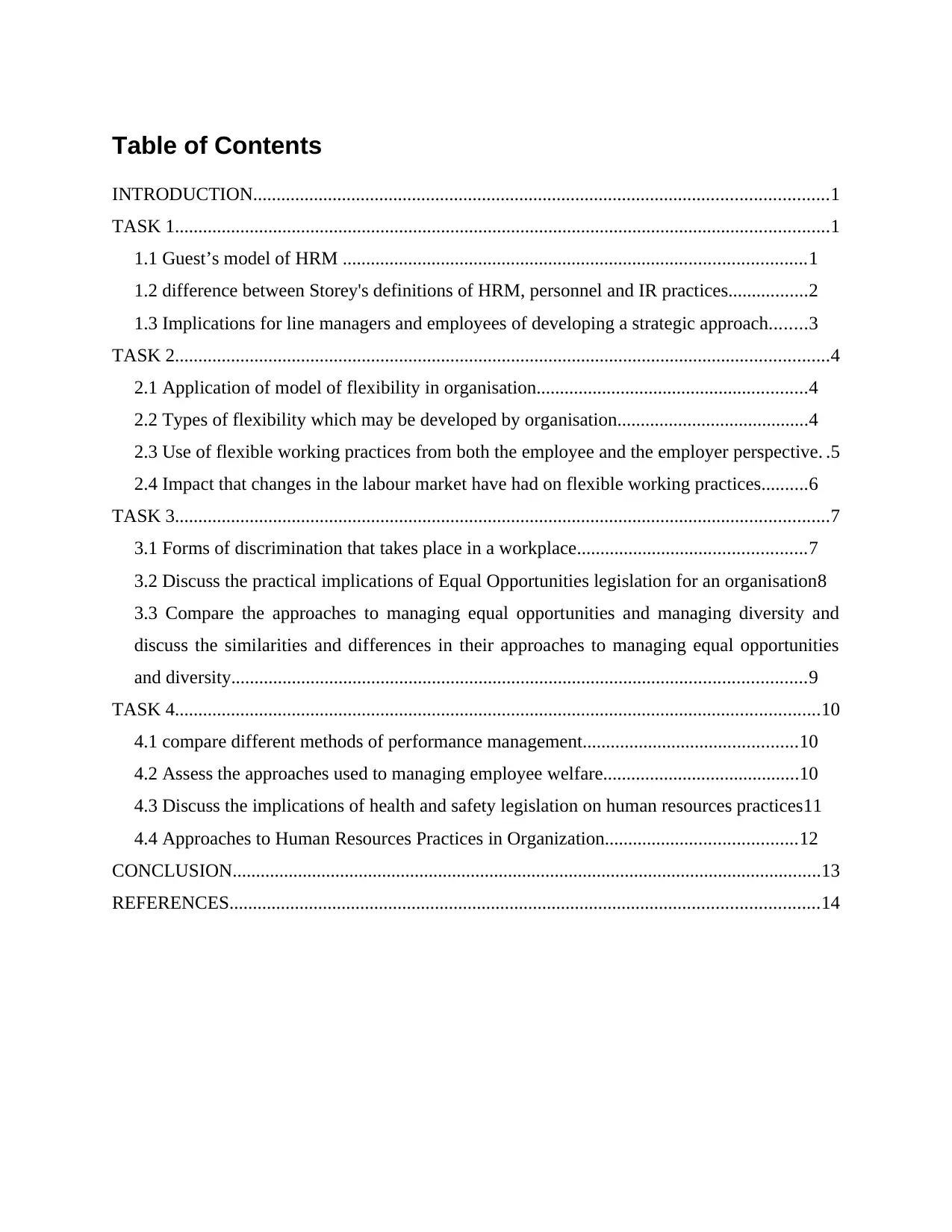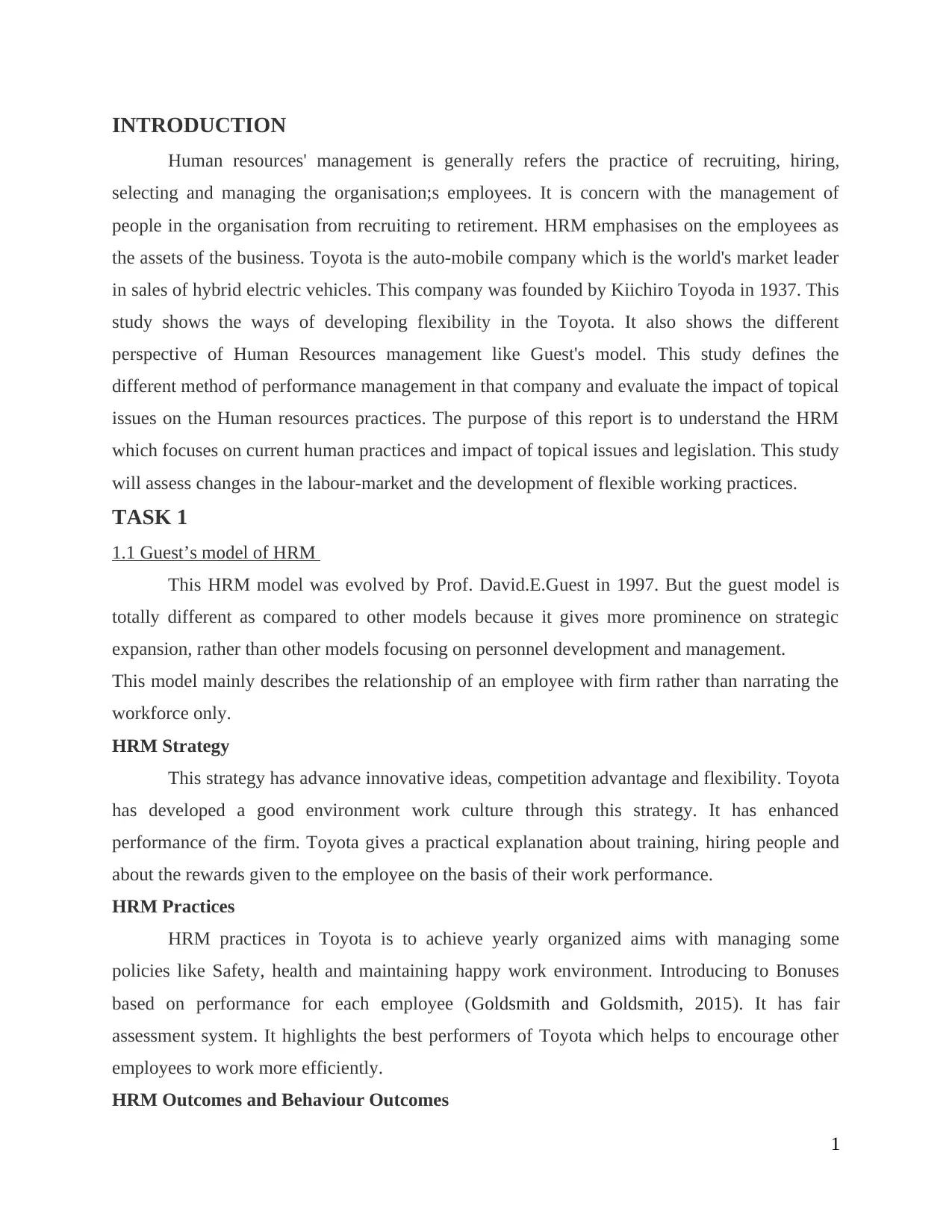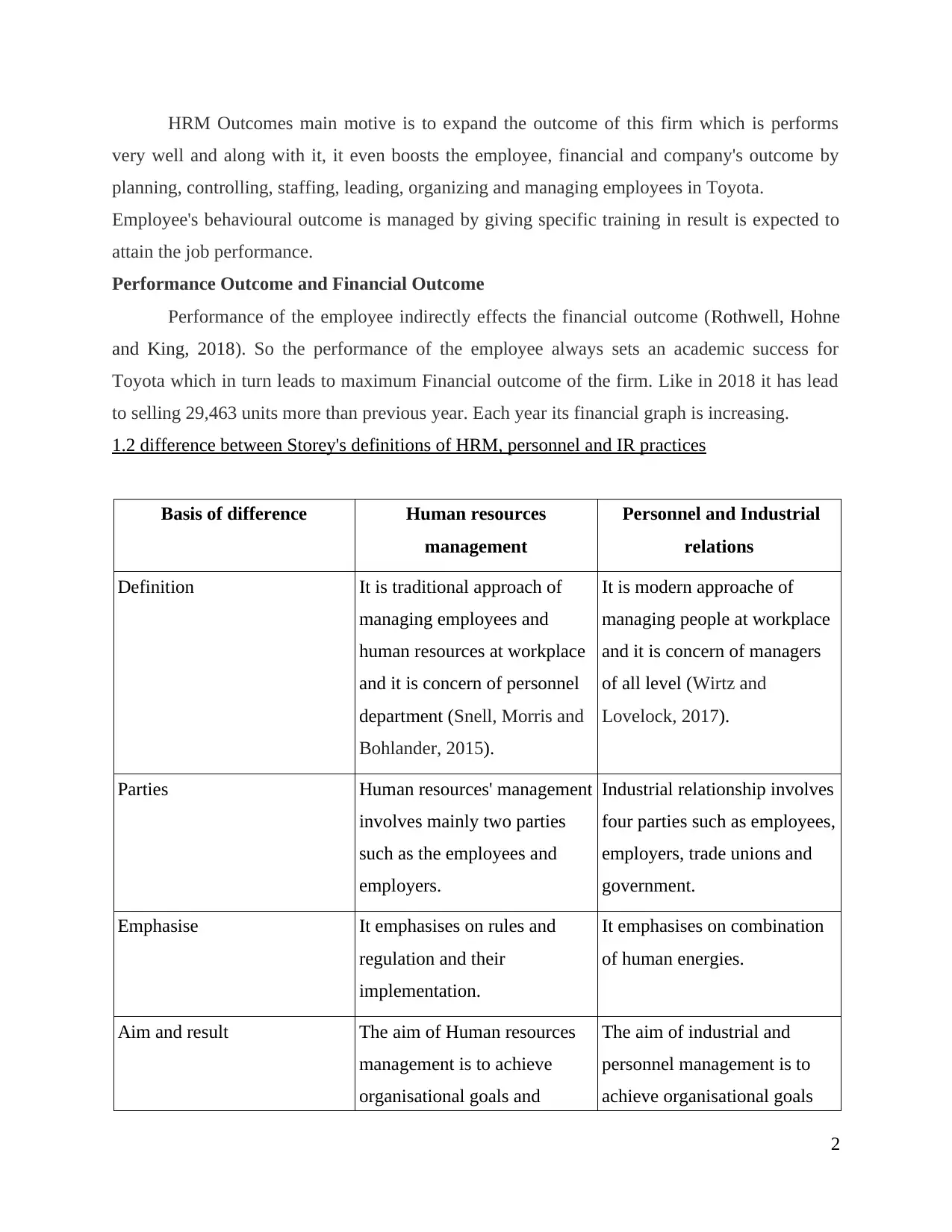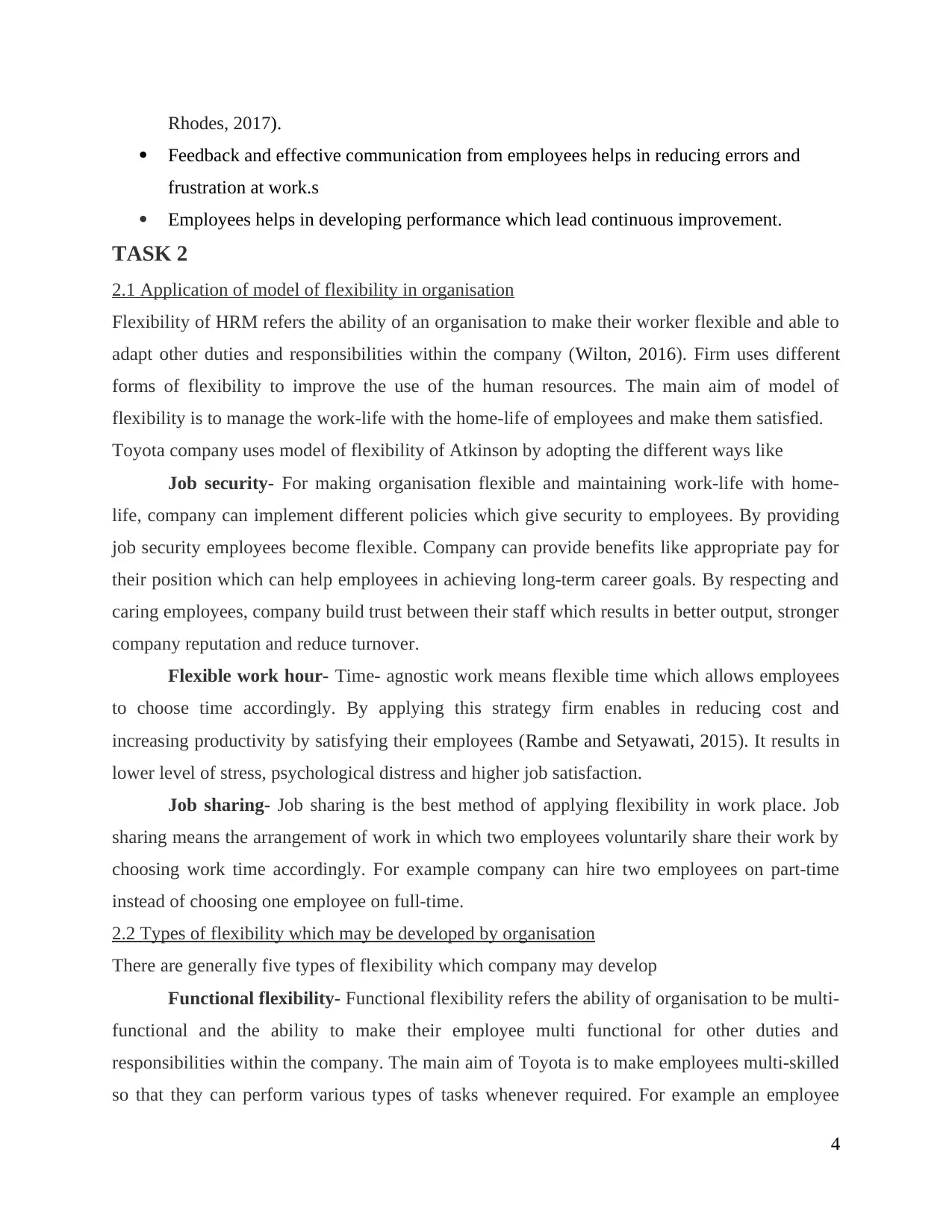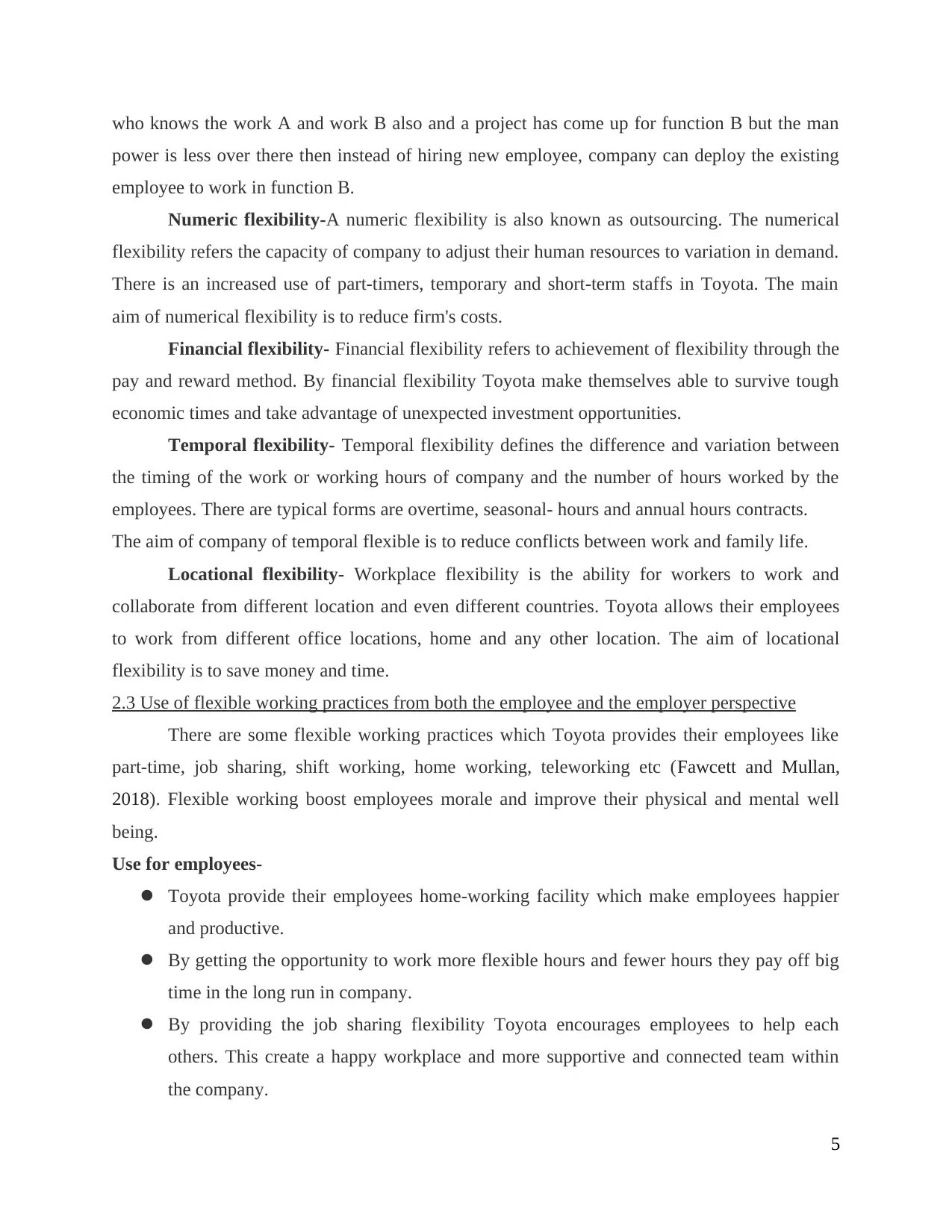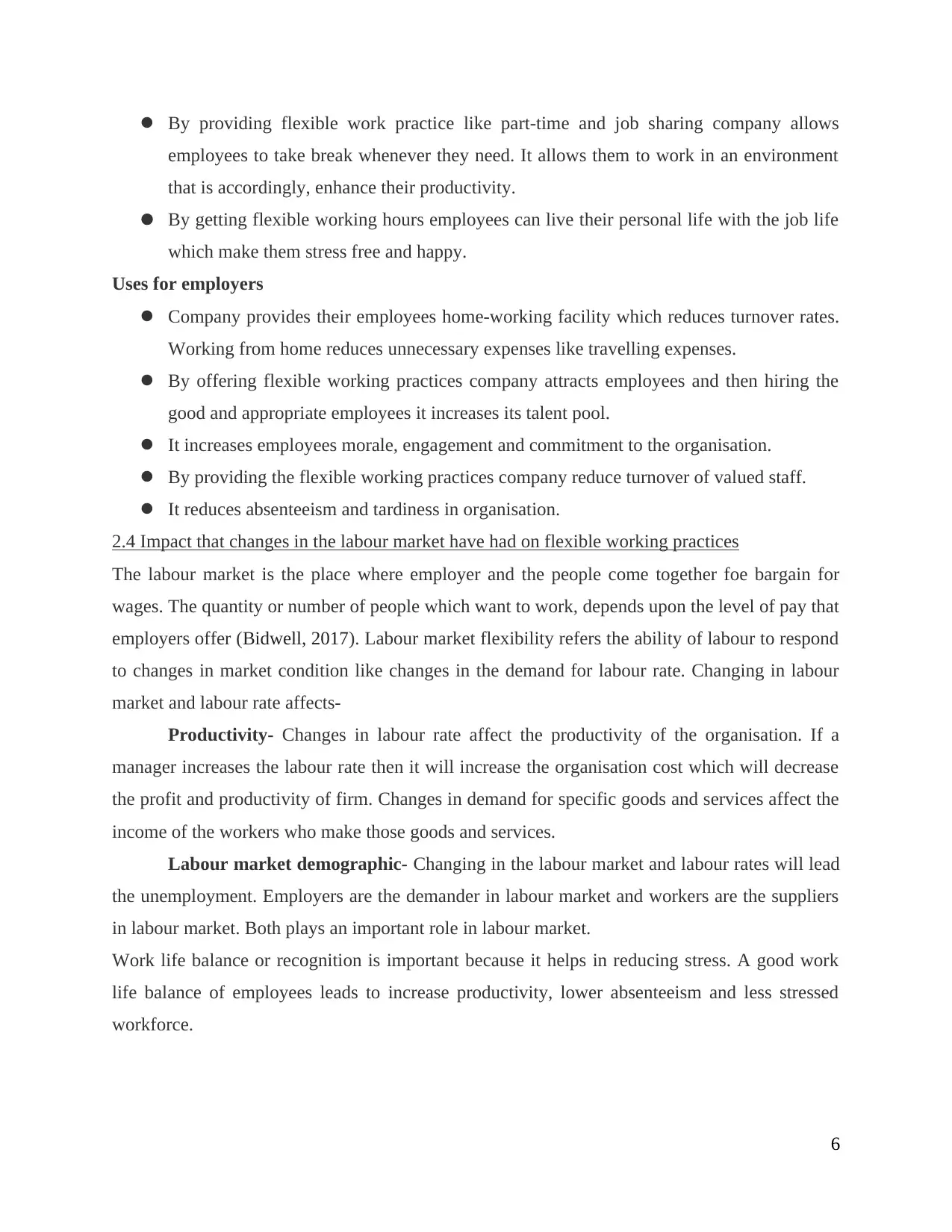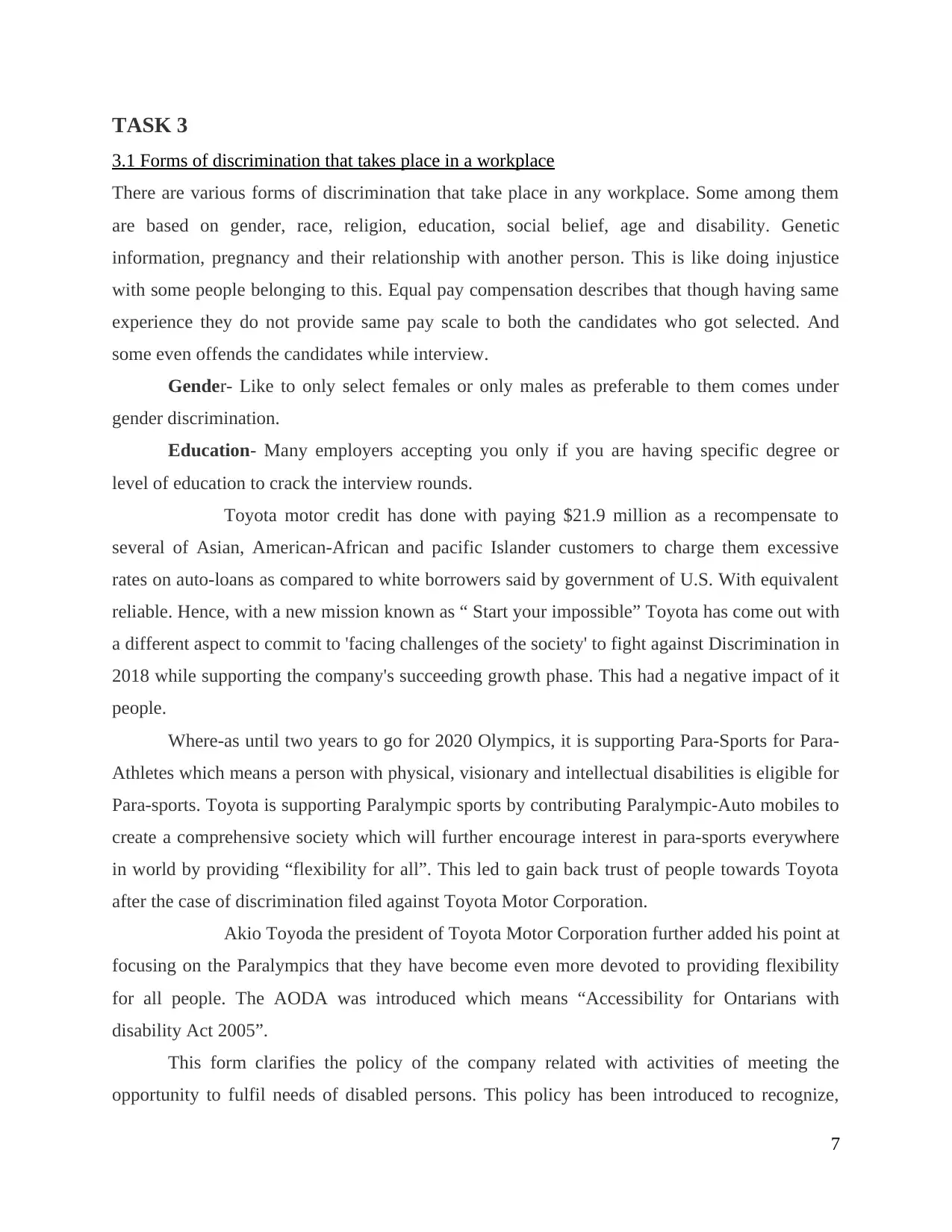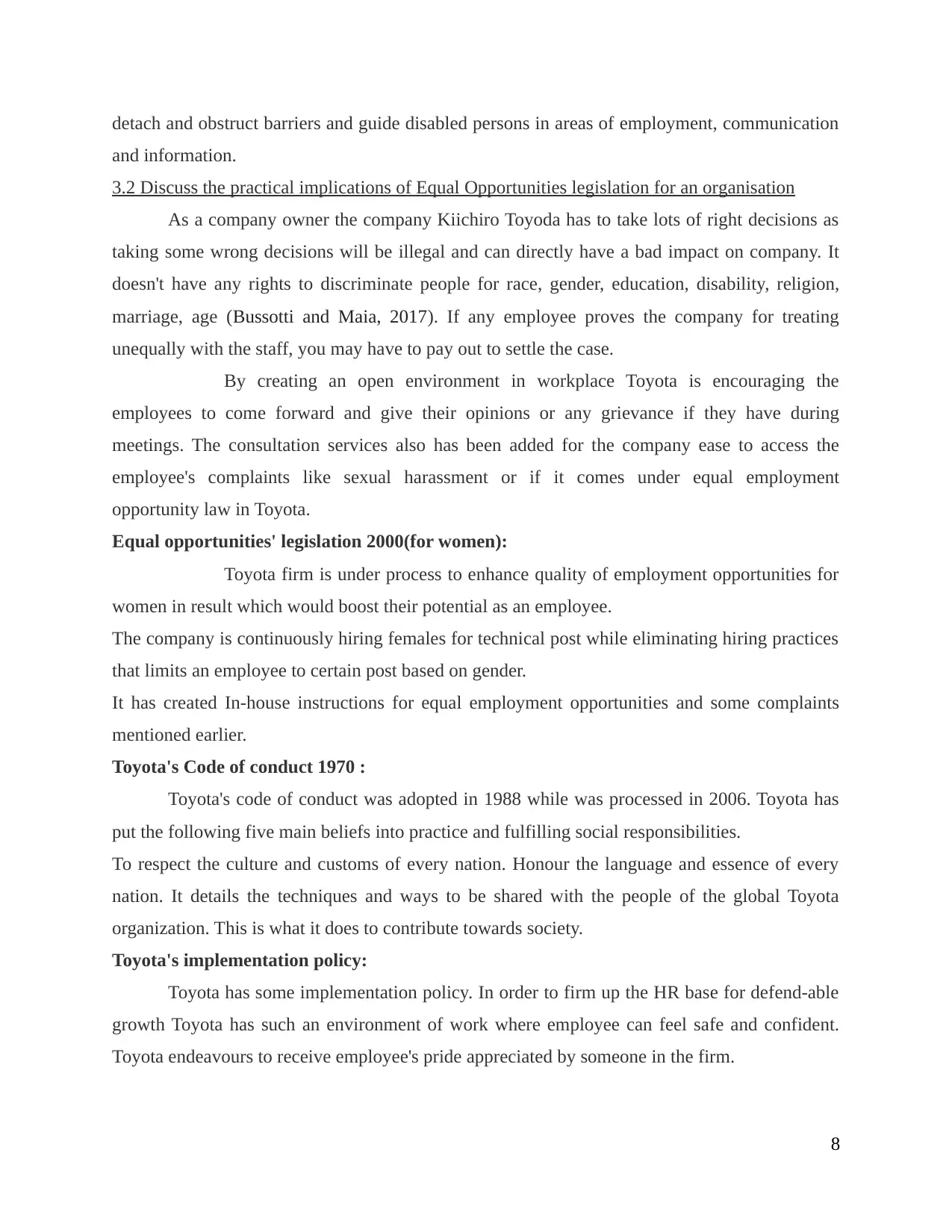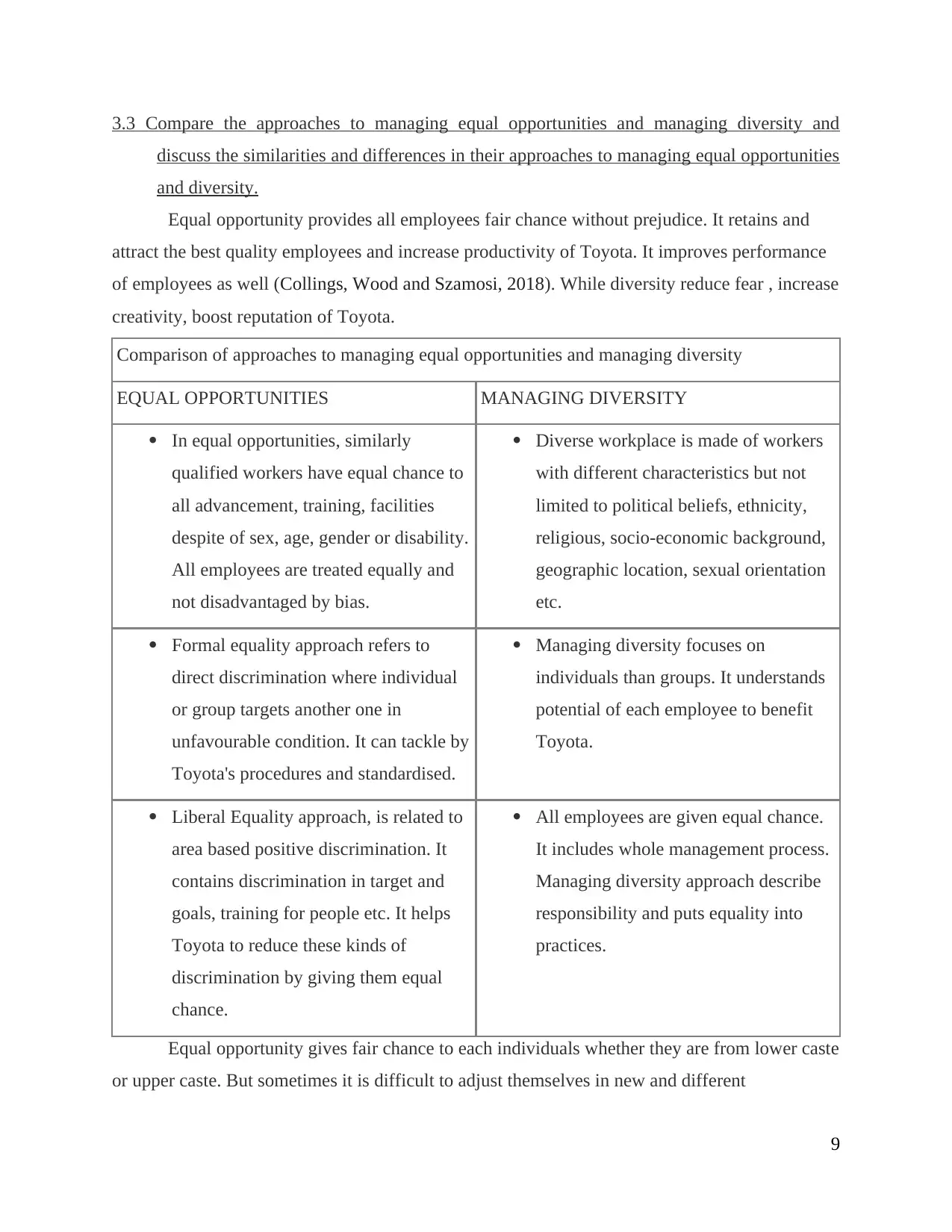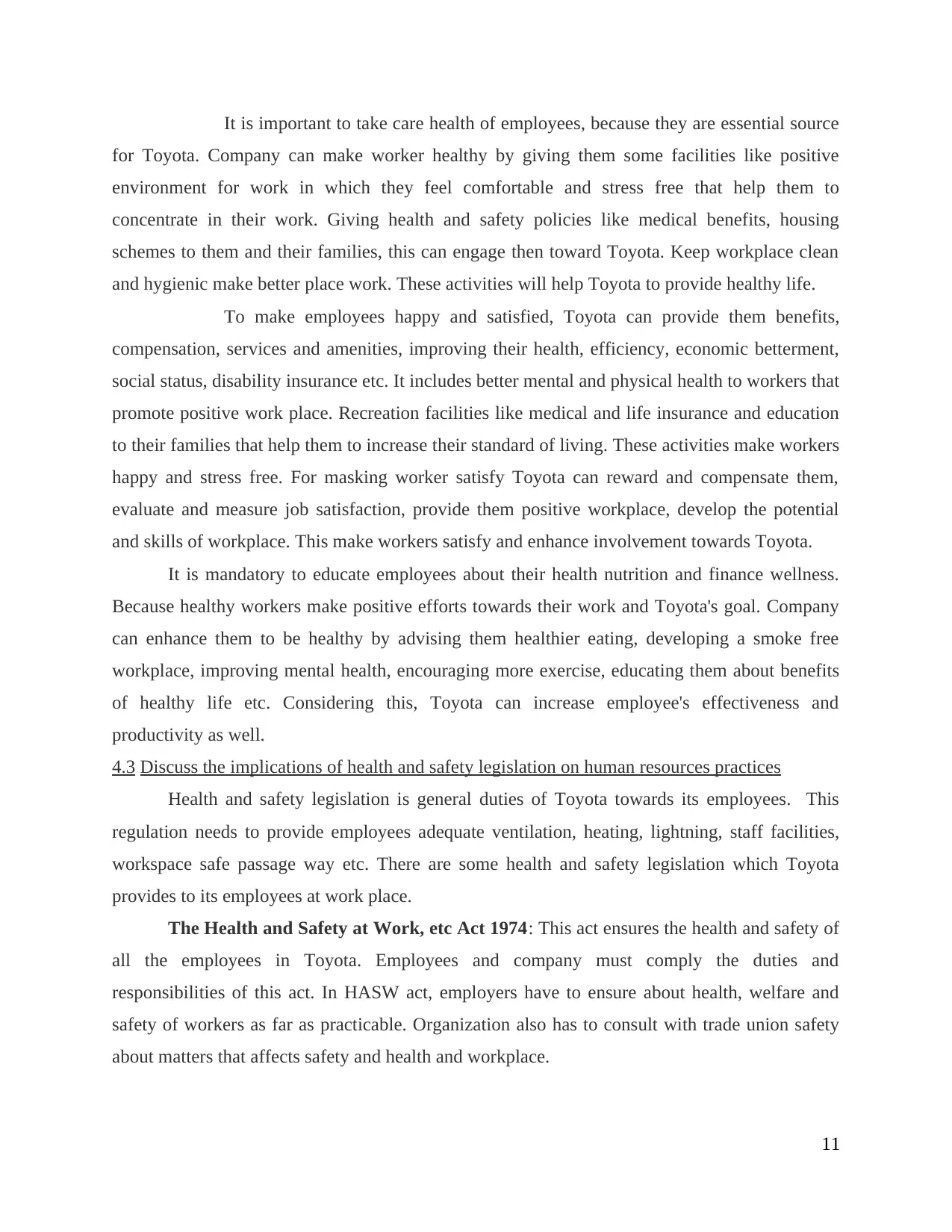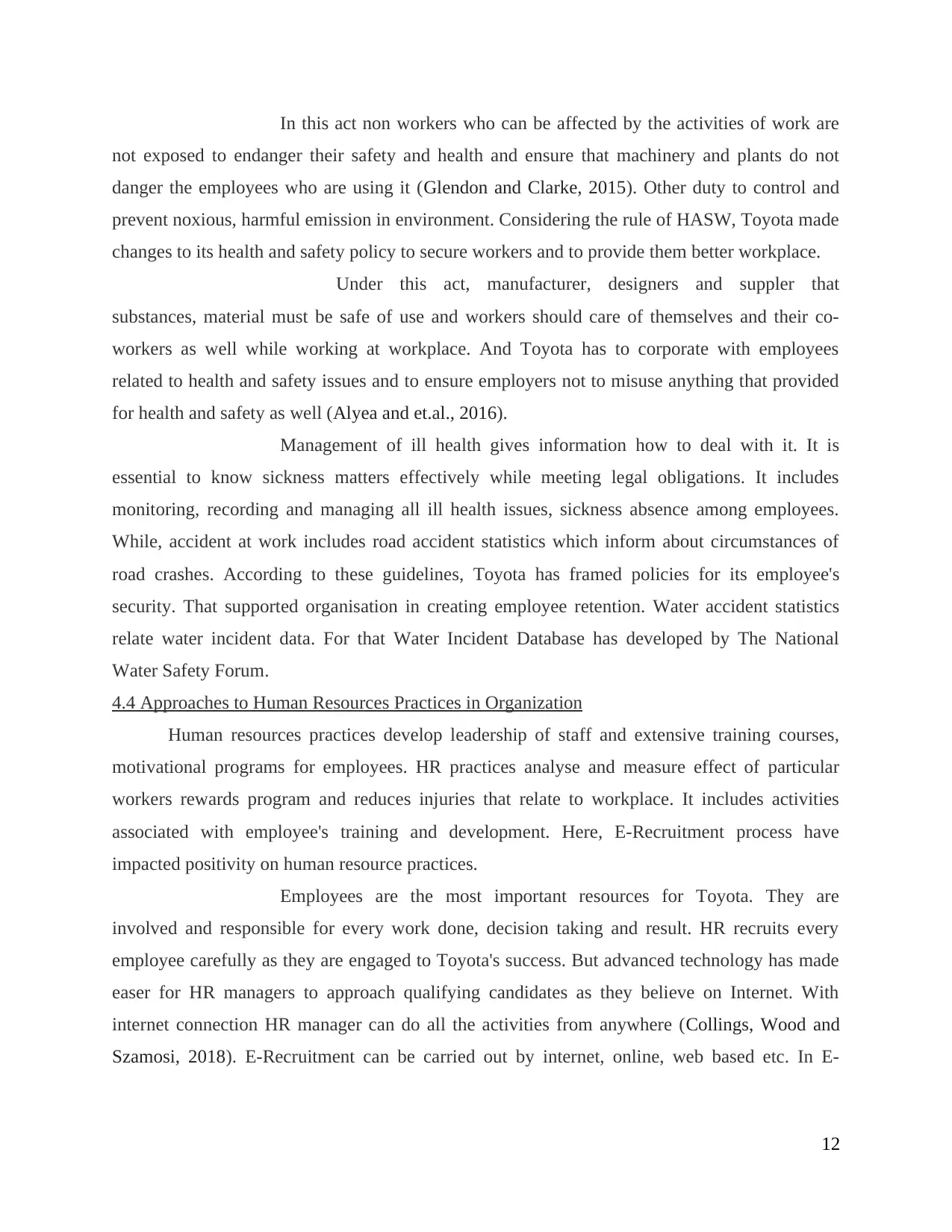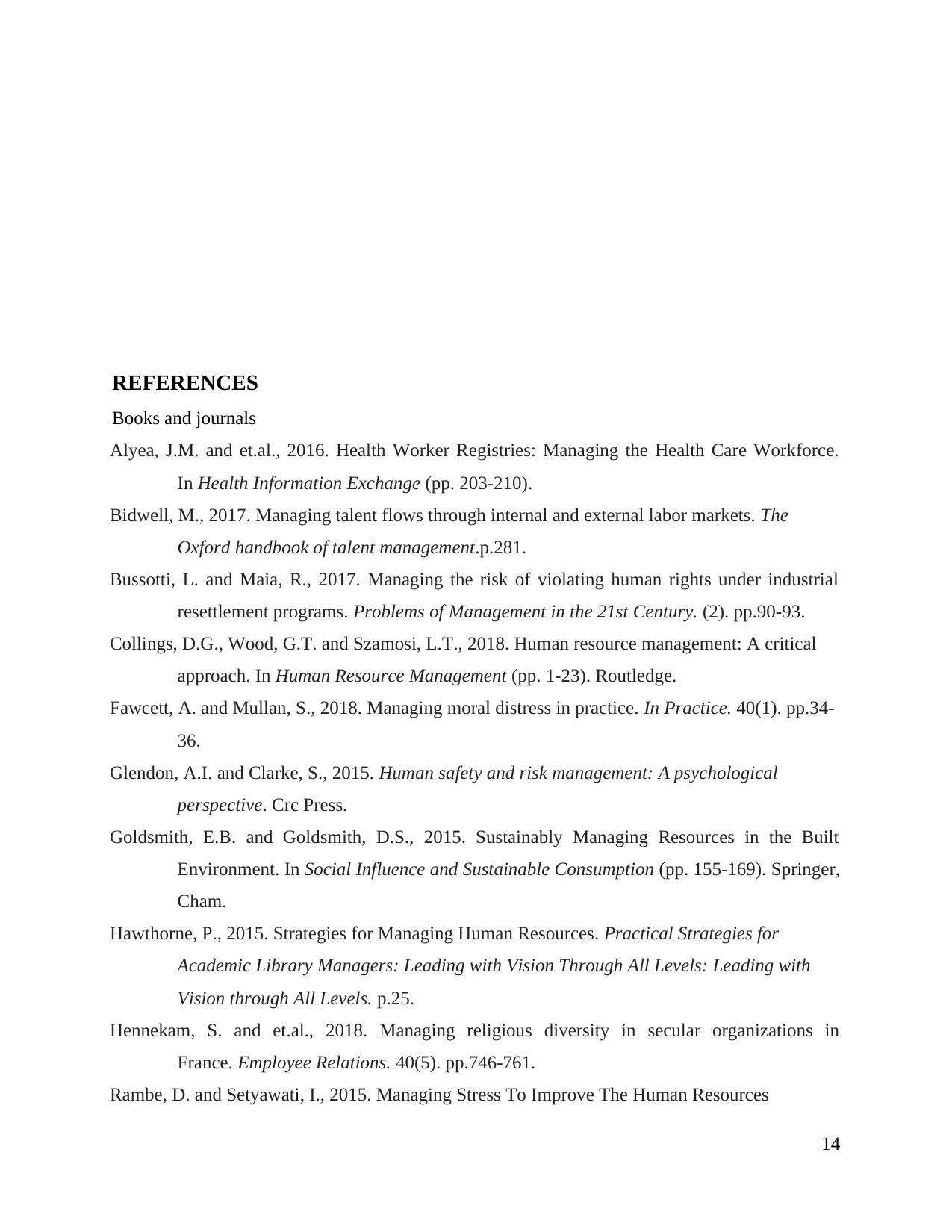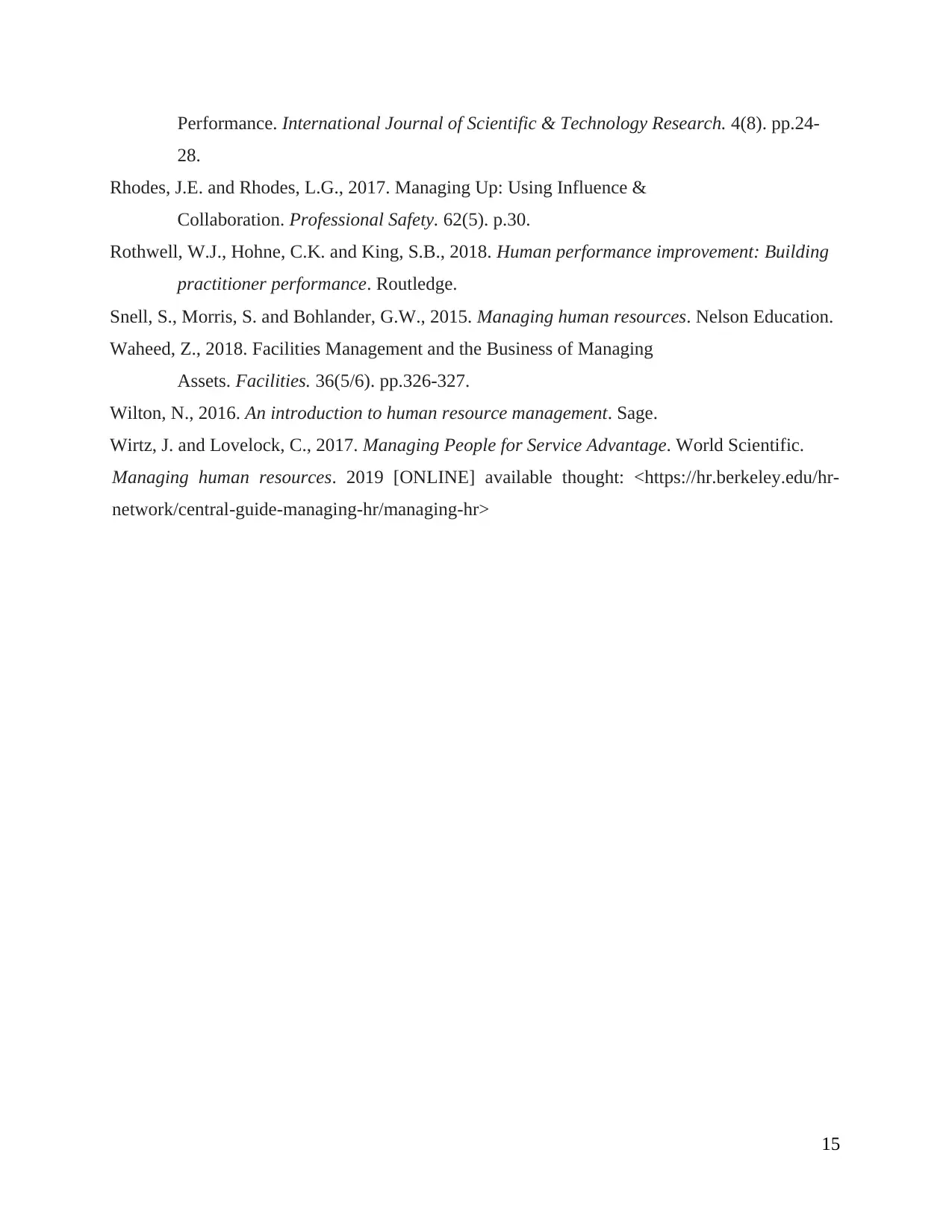This assignment delves into the world of human resource management, covering various techniques and strategies used by organizations to manage their workforce. It discusses the importance of HRM practices, such as performance management, 360-degree feedback, and management by objectives, in creating a happy work environment and measuring employee skills and weaknesses. The assignment also touches on managing stress, religious diversity, and human rights under industrial resettlement programs, highlighting the need for organizations to prioritize their employees' well-being and safety. By examining real-world examples from companies like Toyota, this assignment provides valuable insights into effective HRM practices that can be applied in various industries.
![[object Object]](/_next/static/media/star-bottom.7253800d.svg)
![[object Object]](/_next/static/media/star-bottom.7253800d.svg)
